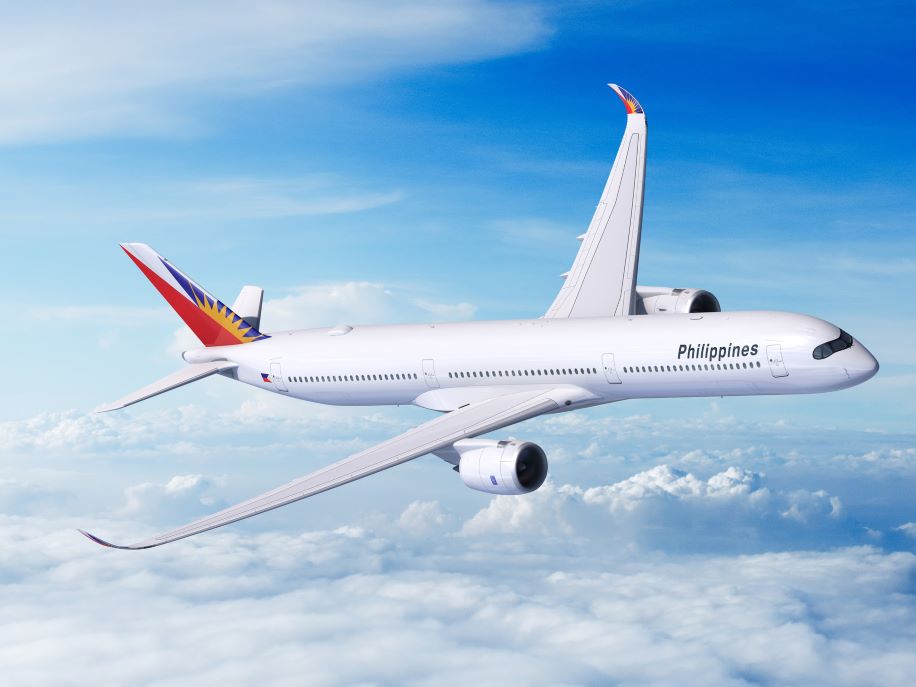Philippine Airlines (PAL) says it “welcomes additional competition on transpacific routes, a sign of the strength and vitality of the air travel market between the Philippines and the United States”.
This follows United Airlines’ announcement earlier this week that confirmed the Star Alliance member would launch daily 777-300ER service to Manila by late October.
The Manila launch was part of another wide-ranging United trans-Pacific expansion, with more flights from Hong Kong, including to Los Angeles, as well as from Taipei, Japan, and Manila. China did not see any additional flights announced.
PAL says it has always embraced healthy competition among different players across its network.
Today, PAL operates 37 weekly flights on routes to the US, including double daily flights to Los Angeles, daily flights to San Francisco and Guam, and several weekly flights to New York and Honolulu.
In other PAL news, the flag carrier today said that it was set to accept another Airbus A321 aircraft over the weekend to augment its fleet and boost network reliability.
The A321 aircraft, which accommodates 199 passengers in a dual-class configuration, will be deployed on PAL’s domestic and regional routes.
The single-aisle jet is the first of several aircraft that PAL is working to acquire or reactivate in the coming months.
Others expected to join the fleet in the near term include an additional Airbus A330-300 widebody aircraft with a capacity of 363 seats, to be used on medium haul routes, as well as a turboprop De Havilland Dash 8-400NG aircraft with a capacity of 86 seats to be used for PAL’s inter-island operations.
Negotiations are also under way to secure additional aircraft, PAL says.
The flag carrier further notes that it is also actively engaged in coordinating with its suppliers and service partners to re-activate more aircraft that have been parked for extended periods while awaiting replacement engines and parts, as a consequence of delays in the global supply chain that afflict the global airline industry.
“We are taking various actions to boost our fleet count and enable us to meet the continuing surge in travel demand while minimizing delays and cancellations,” said Christoph Gaertner, PAL vice president for network planning.
“We have also pro-actively reduced some frequencies on a number of routes as part of a rationalization of our schedules, so that we can ensure high reliability going forward.
We are working with our suppliers as well as aircraft and engine manufacturers on initiatives to increase efficiency without compromising safety, which is our absolute top priority.”
PAL recently announced that it had firmed up the purchase of nine brand-new Airbus A350-1000 long haul aircraft for its signature routes to North America and potentially to Europe.
These 380-seater new-generation jets, to be delivered starting in 2025, will put PAL firmly on the road towards operating one of the youngest and most modern widebody fleets in Asia, the airline says.


